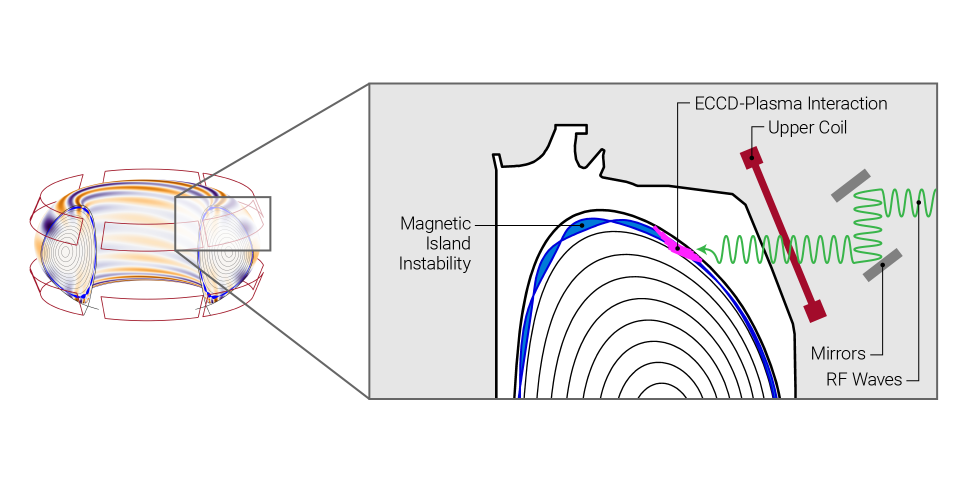DOE-FES will develop that road map with input from the FESAC, along with community workshops hosted by DOE-SC. Also, DOE-FES “will leverage international partnerships” supported by the U.S. fusion international strategy that was announced December 5 at COP28 by special presidential envoy for climate John Kerry.
Double vision: DOE-FES’s vision of bridges would align its program elements in support of an earlier “vision,” the Bold Decadal Vision for Commercial Fusion Energy, announced in March 2022 at the White House. The bold decadal vision required “aggressively addressing significant scientific and technological gaps” toward “one or more viable fusion pilot plant designs.” Awards to eight private fusion developers under the Milestone-Based Fusion Development Program in May 2023 represented one step toward realizing that intention.
The latest vision describes “bridges” connecting government, academia, and the private sector, focused on a staged approach towards fusion energy development. Included in the vison are the following key elements:
- Workforce development and sustainment: ensuring sustainable and resilient pathways for diverse and exceptional talent.
- Bridging gaps: DOE national laboratories, universities, and industry serving as “innovation engines” to resolve research and development gaps and support domestic supply chains for fusion energy.
- Transformational science: innovating through plasma science and technology discovery.
“DOE’s Office of Fusion Energy Sciences is poised to shape and execute a vision that will bring all stakeholders, both domestic and abroad, together as we work to engage and develop a fusion energy research, development, and demonstration ecosystem for the 21st century,” said Asmeret Asefaw Berhe, director of DOE-SC. “Our goal is to help establish a long-term sustainable and flourishing scientific research enterprise for fusion energy and plasma science that will help accelerate these technologies to commercialization.”
Ambitious plans: FES associate director Jean Paul Allain presented slides on the building bridges vision during the FESAC session. “The Office of Science and this program have an incredibly important role in helping to advance fusion energy and make it competitive in future energy markets, but we cannot do it alone,” Allain said.
According to Allain’s prepared slides, the FESAC’s long range plan (LRP) provided the “why” and “what” answers to the DOE’s future work in fusion energy, and the new road map that DOE-FES plans to develop will provide the “how” and “when.” Three science drivers identified in the FESAC LRP—(1) sustain a burning plasma, (2) engineer for extreme conditions, and (3) harness fusion energy—hint at the challenges ahead to resolve fusion materials and technology gaps.
DOE-FES envisions a staged approach toward fusion pilot power. Stage 1, Innovation Research & Development (mid-2020s), would include support for public private partnerships. Stage II, Integrated and Integration Facilities (late 2020s to mid-2030s), would include expanding Fusion Innovation Research Engine (FIRE) centers to “address critical scientific and technology gaps and bring together discovery science, innovation, and translational research in partnership with multiple public and private partners.” Stage III, Fusion Pilot Plant to First-of-a-Kind (mid-2030s to 2040s), would include welcoming “the ITER burning plasma era” and innovative new facilities.
“Bold and aggressive”: The mission of DOE-FES, according to Allain’s prepared slides, is to expand the fundamental understanding of matter at very high temperatures and densities and build the scientific foundations needed to develop a fusion energy source. A simple phrase included in the Energy Act of 2020—expanding DOE-FES’s mission to include “the development of a competitive fusion power industry in the U.S.”—has triggered a significant shift in that office’s organization and investment priorities and has prompted visions of bridges and road maps.
According to Allain’s presentation to FESAC, the new “metric-driven roadmap” will be “bold and aggressive to build facility(ies) to de-risk S&T gaps and provide the U.S. options to help drive fusion energy development with creative international and public-private partnerships.”











